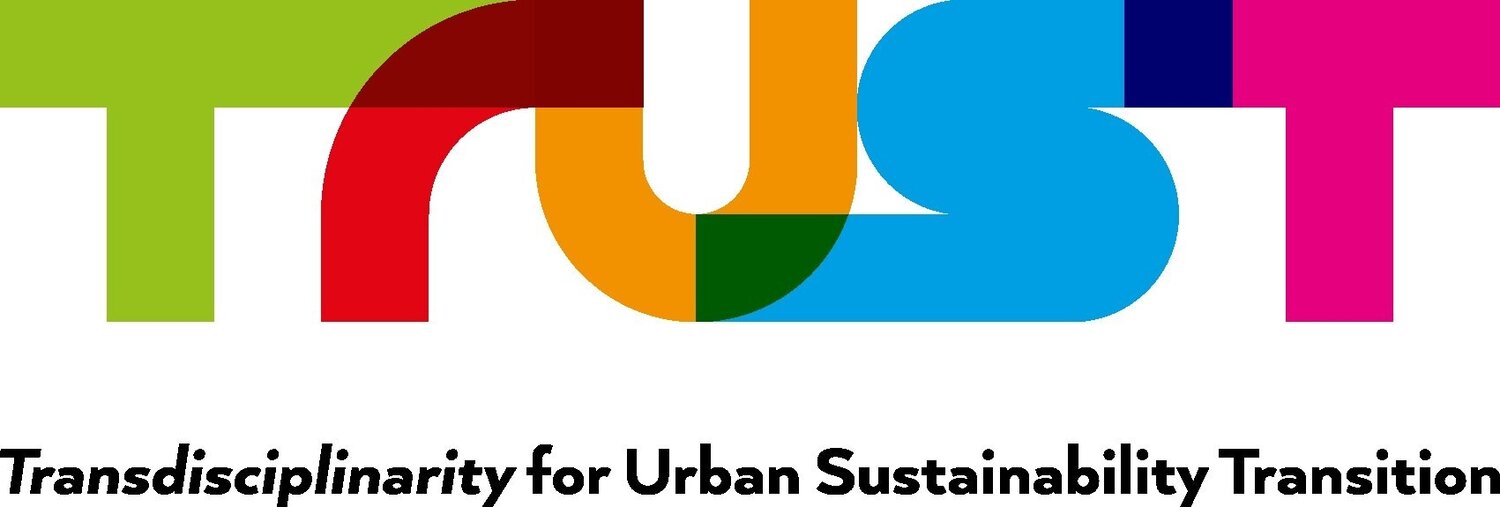Every year, AESOP holds its Annual Congress, hosted by one of member universities. Congresses are a wide platform of exchange in the fields of research, education and practice in planning. They usually run around 20 thematic tracks and host outstanding invited speakers. Find out more info here.
Contemporary cities and territories face significant challenges – natural disasters due to climate change impacts, ecological crises, growing socio-economic unrest, global migration, political rifts including a rise of right wing factions, ambitious public works and mega-projects – all of which require new capacities in dealing with such individual and multiple groupings of such challenging and profound changes.
It is a matter of fact that at international level a discourse if not a condition of transition is pervading sectors and societies. This discourse points to alternative patterns and solutions to many of the challenges faced. A quickly changing scenario requires forms of planning, both locally and globally, which bear the capacity to support and manage mutable urban and environmental conditions. In fact, although cities do incessantly change, policy-makers and institutions are never fully prepared to respond to complex and risky situations, as well as relying on planning and policy tools which are often outdated; in addition, also existing theoretical frameworks, concepts, cognitive abilities and approaches become ineffective or outmoded.
Each unintended or unanticipated change comes as a break to existing social, political, and administrative routines and yet is may be anticipated that mechanisms of collective reflection and action will be generated. The congress invites scholars and practitioners to present and discuss case-studies of cities and projects that have engaged in meeting challenging situations – supporting transitions in urban contexts. Specifically, it is aimed at offering an understanding of the forms of knowledge, concepts, tools, and skills needed to plan and address transition. Furthermore, it seeks to explore whether (and how) managing such changes has brought any overall reconsideration of the city design model and towards more general institutional reconfigurations.

